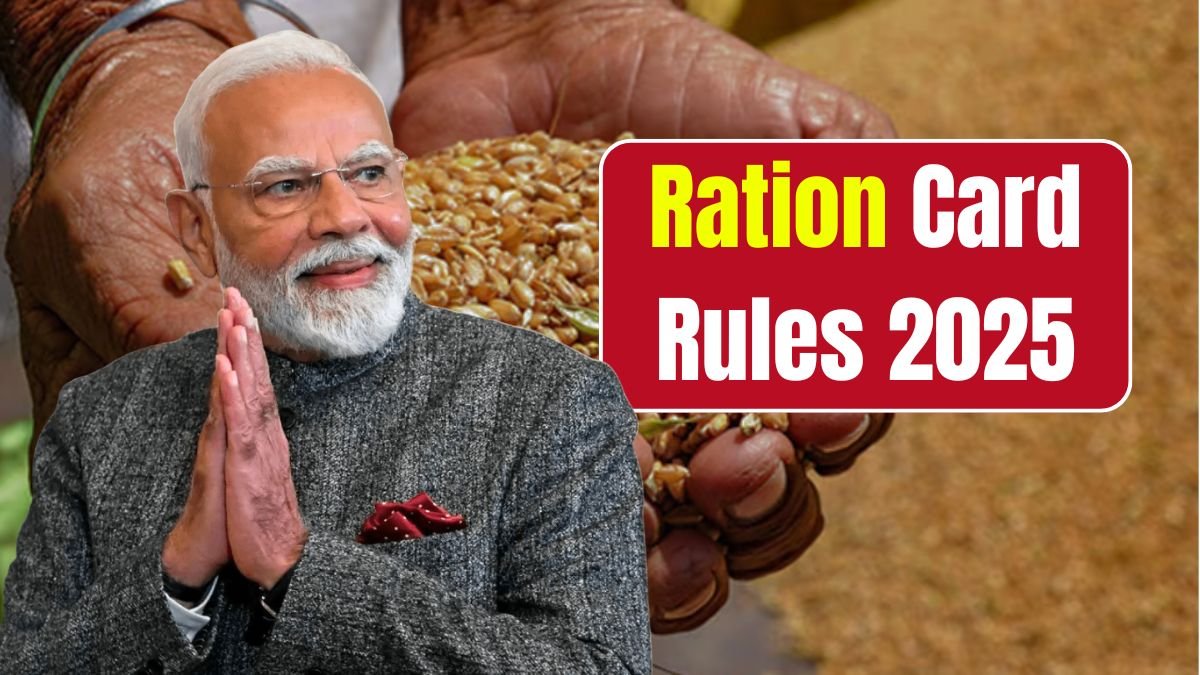They were brought in to give the system more transparency, stop fraud and support the subsidy program by getting it to the right people. Because millions of families use ration cards for essential supplies, the government has changed the system to help them more. They aim to bring in digital integration, verify eligibility more precisely and go over the pricing to ensure fairness in how distribution is handled.
Mandatory Aadhaar Linking for Ration Cards
So that there are no duplicate and fake ration card entries, the government requires all applicants to link their Aadhaar card. This way, the subsidized food grains go to families who are entitled, creating less waste and making the Public Distribution System (PDS) more efficient.
Introduction of Digital Ration Cards
Old fashioned paper ration cards are now getting replaced by new digital cards with smart chips that safely and instantly store all family information. With this upgrade, funds are spread out more rapidly and correctly, so recipients can collect what is due to them faster.
Annual e-KYC Verification for Eligibility
Forms on e-KYC (Electronic Know Your Customer) must be completed by all ration cardholders annually for verification purposes. If someone does not obey the requirements, their ration card is automatically canceled to keep help going only to those truly eligible.
Revised Pricing and Subsidy Model
Rationed goods in India now cost according to market prices which are then subsidized by the government with dynamic pricing. Poor households can keep getting food aid, whereas the middle class is allowed to purchase grains at reasonable priced rates. Benefits from LPG subsidies are now delivered directly to the ration cards of the eligible households so that everyone gets a fair share.
Nationwide Portability for Migrant Workers
Thanks to the One Nation, One Ration Card (ONORC) system, people who travel or work outside their home region can now buy rations anywhere in India. Using biometrics guarantees a safe and tamper-proof system in distribution centers.
Conclusion
With these rules in 2025, India’s food distribution system becomes more open, effective and includes more people. Because of advances like digital tools, biometric checks and better pricing, the system is now more helpful to its true users. In this way, reforms provide necessary food to those who require it most, keep it safe from abuse and increase access to food for everyone.



